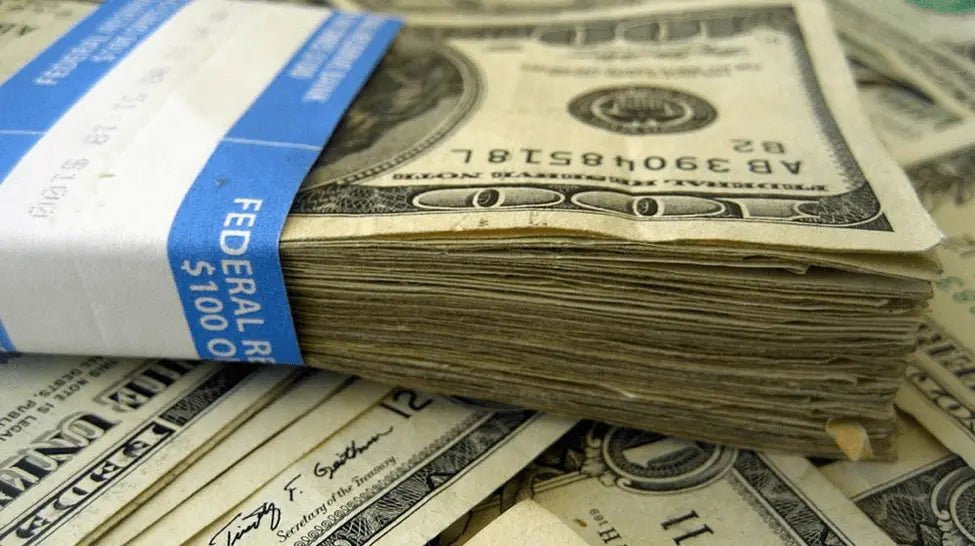A $100k domain name?

"Why pay $100k for a domain when you can get one for free?" We asked ourselves this question when pondering the purchase of a domain name, but ultimately settled on Rupianis.com for several reasons: it was virtually free to register (<$10) and it's also truly authentic.
Those who are considering selling a domain name should be realistic and honest about what it's worth. It's crucial to strike a balance between maximizing your profit and ensuring that the price is realistic and appealing to potential buyers. Overpricing a domain can lead to a prolonged sale process or even deter buyers altogether. Here are some tips to help you price your domain name effectively:
Tips for Pricing a Domain Name
1. Conduct Market Research
- Comparable Sales: Research recent sales of similar domain names. Websites like NameBio and Sedo provide databases of past domain sales that can give you an idea of market value.
- Industry Trends: Consider current trends and demand within the domain's industry or niche.
2. Evaluate Domain Name Characteristics
- Length and Simplicity: Short, memorable domain names often command higher prices. Simpler domains are easier to recall and type.
- Keywords: Domains with popular or high-value keywords may be priced higher due to their potential for high traffic and SEO benefits.
- Extensions: .com domains generally have higher value compared to other extensions (.net, .org, etc.). However, some niche-specific extensions can also be valuable.
3. Consider Domain Name Age and History
- Age: Older domains with a history of use can be more valuable, especially if they have established backlinks or traffic.
- History: Check the domain’s history for any negative associations or penalties that might impact its value.
4. Use Domain Valuation Tools
- Automated Valuations: Tools like EstiBot and GoDaddy's Domain Appraisal can provide an estimate of your domain’s value based on various factors.
- Professional Appraisal: For a more accurate valuation, consider hiring a professional domain appraiser.
5. Set a Realistic Price Range
- Starting Point: Price your domain competitively based on your research. Starting too high can discourage potential buyers, while pricing too low may undervalue your domain.
- Flexibility: Be open to negotiation. Buyers may offer less than your asking price, so consider setting a price range rather than a fixed amount.
6. Market Your Domain Effectively
- Listing Platforms: Use domain marketplaces like Sedo, Flippa, and Afternic to list your domain. These platforms have a broad audience of potential buyers.
- Direct Outreach: Reach out to potential buyers directly, especially if your domain is highly relevant to a particular industry or business.
7. Understand Buyer Psychology
- Perceived Value: Buyers may be more interested in domains that appear to be a good deal. Make sure your pricing reflects the perceived value of the domain.
- Negotiation: Be prepared for buyers to negotiate. Setting a slightly higher price can give you room to negotiate while still achieving your target selling price.
8. Avoid Overpricing
- Impact on Sales: Overpricing can result in the domain sitting unsold for extended periods. Pricing realistically helps in attracting serious buyers and closing the sale faster.
- Market Conditions: Be aware of current market conditions and adjust your pricing strategy accordingly.
Conclusion
We'll pass on the $100k domain, and to anyone selling one in that price range or beyond, we wish them the best of luck (they're going to need it)! Pricing a domain name requires a balance between maximizing value and setting a competitive price. By conducting thorough research, evaluating the domain’s characteristics, and setting a realistic price, you can increase the chances of a successful sale. Remember that flexibility and effective marketing are also key components in attracting buyers and achieving a favorable outcome.




